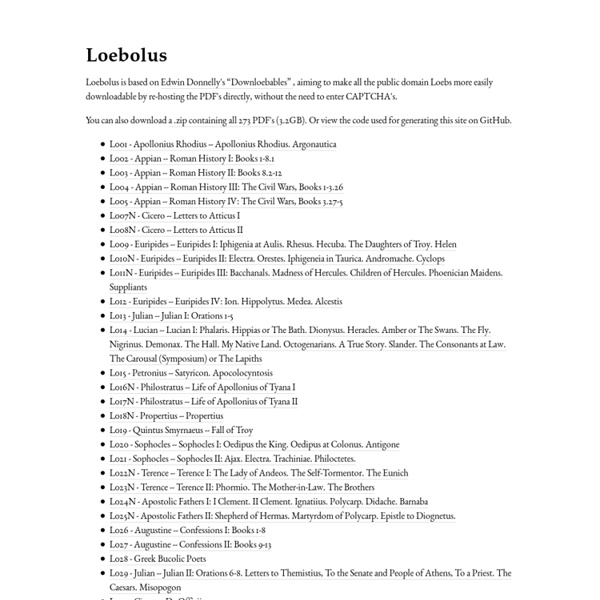



Centro di Ricerca Interdipartimentale Multimediale sul Teatro Antico | Clio la Muse - Troie Depuis le début du XIXe siècle, les archéologues étaient convaincus qu’il fallait localiser le site de l’ancienne Ilion sur la colline d’Hissarlik, entre autres raisons parce que c’est là que se dressait le sanctuaire d’Athéna Ilias, mais c’est à Heinrich Schliemann qu’il revient d’avoir fouillé le site en premier. Il apparaît que les importants vestiges mis au jour jusqu’à présent concernent uniquement l’acropole de Troie et que cette citadelle dominait un site infiniment plus vaste. De ce point de vue, on peut établir un parallélisme intéressant avec le palais de Minos à Cnossos. Les vestiges découverts à Troie couvrent une période longue de plusieurs millénaires, qui va de 3000 avant notre ère au VIe siècle de notre ère. Schliemann parvint à localiser sept couches correspondant à sept cités différentes qui s’étaient succédées au fil des siècles sur la colline. Rampe pavée dans les ruines de Troie. Troie I (3000-2500 av. Troie II (2500 - 2200 av. Plaine et ruines de Troie.
Maecenas: Images of Ancient Greece and Rome 408,330 visitors before 21 March, 2002, visitors since then Images are copyrighted, but may be used for non-commercial purposes. Click here to see the images If the search engine is out of service, you can use back-up search engine. Also, the back-up search engine may index recent additions of images sooner than the main search engine does. If you find this website useful, you can send me a picture postcard of your town or school.My mailing address is Leo C. About this site Awards received by Maecenas UB College of Arts and Sciences Some software I've written for Latin teachers Jeux éducatifs - Géographie jeux gratuits The Stoa Consortium GRIMM Diotima: Women & Gender in the Ancient World Call for Collaborators to The On-line Companion to The Worlds of Roman Women The On-Line Companion to the Focus Reader, The Worlds of Roman Women, expands the book's wide representation of Latin texts by and about women dating from the earliest periods through the fourth century CE. The medium of a website, moreover, offers the opportunity to integrate visuals to texts, thus enabling users to make connections between language and material culture. The Companion has two major parts. The Worlds section includes Class, Religion, Childhood, Learning, Marriage, Family, Body, State, Work, and Flirtation. Each World opens to reveal a thematic image of women in this world, a brief essay on this World, a list of on-line texts and hyperlinked images. The Instructional section contains: a Guide to Using the Site; an Annotated Bibliography; Activities for Classroom Use; Syllabi and Lesson Plans; and Credits and Contributors.
Mitologia classica greca e romana Mitologia Greca Ancient World Mapping Center Herodotus Timemap Book 1, Ch. 1 This is the display of the inquiry of Herodotus of Halicarnassus, so that things done by man not be forgotten in time, and that great and marvelous deeds, some displayed by the Hellenes, some by the barbarians, not lose their glory, including among others what was the cause of their waging war on each other.The Persian learned men say that the Phoenicians were the cause of the dispute. These (they say) came to our seas from the sea which is called Red, and having settled in the country which they still occupy, at once began to make long voyages. Among other places to which they carried Egyptian and Assyrian merchandise, they came to Argos,which was at that time preeminent in every way among the people of what is now called Hellas.